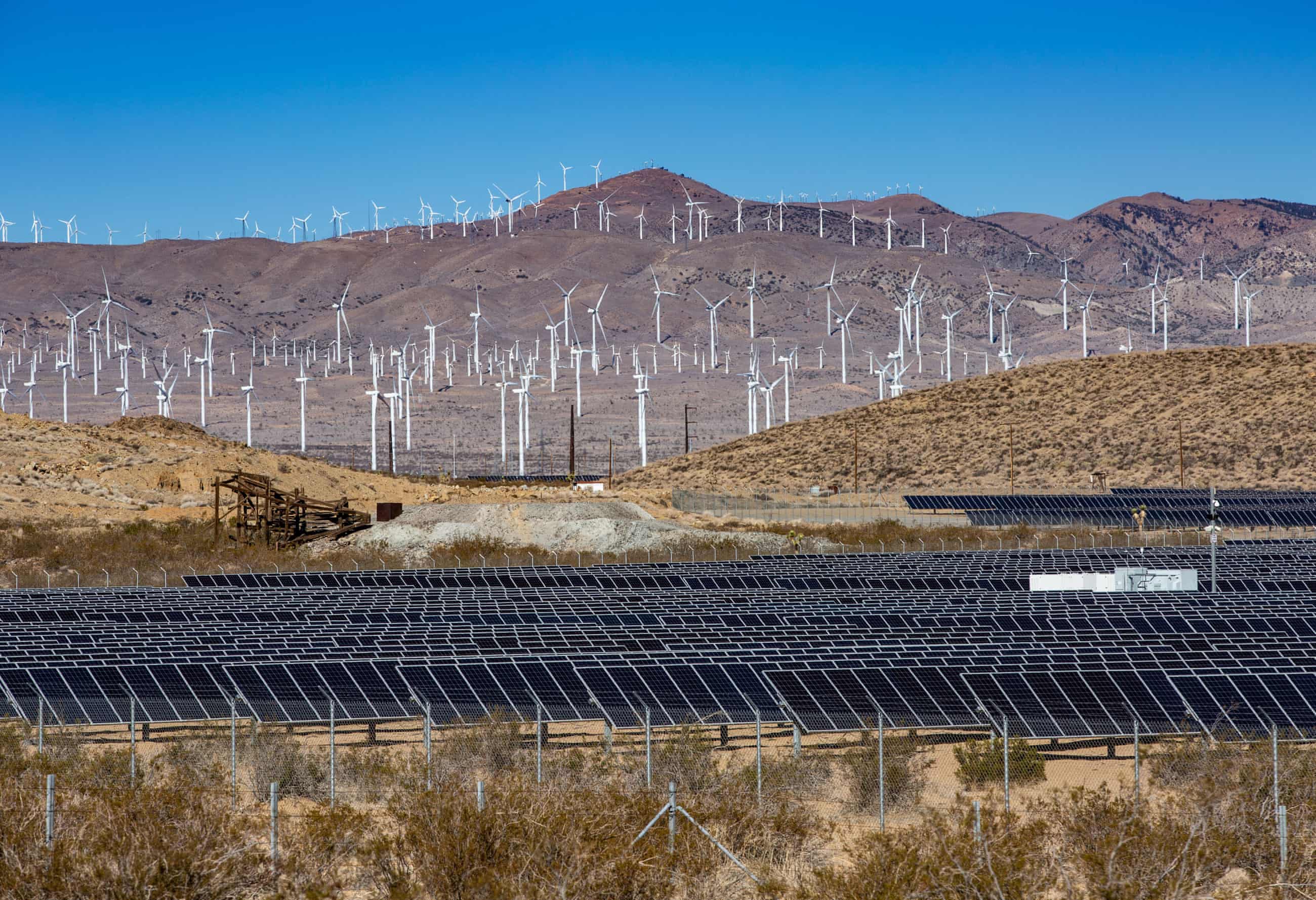
Residents have watched ruefully for years as solar plants crept over the horizon, bringing noise and pollution that’s eroding a way of life in their desert refuge.
Kevin Emmerich worked for the National Park Service for over 20 years before setting up Basin & Range Watch in 2008, a non-profit that campaigns to conserve desert life. He says solar plants create myriad environmental problems, including habitat destruction and “lethal death traps” for birds, which dive at the panels, mistaking them for water.
He says one project bulldozed 600 acres of designated critical habitat for the endangered desert tortoise, while populations of Mojave fringe-toed lizards and bighorn sheep have also been afflicted. “We’re trying to solve one environmental problem by creating so many others.”
Desert plants are some of the oldest carbon-capturers around: Mojave yuccas can be up to 2,500 years old, while the humble creosote bush can live for over 10,000 years. These plants also sequester carbon in the form of glomalin, a protein secreted around the fungal threads connected to the plants’ roots, thought to store a third of the world’s soil carbon. “By digging these plants up,” says Kobaly, “we are removing the most efficient carbon sequestration units on the planet – and releasing millennia of stored carbon back into the atmosphere. Meanwhile, the solar panels we are replacing them with have a lifespan of around 25 years.”